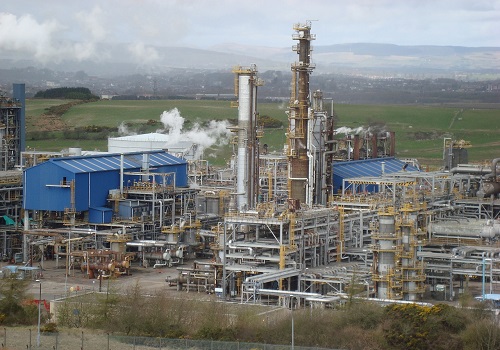The Lifestyle of Tribal People: A Harmonious Bond with Nature

Tribal communities around the world represent some of the most ancient and diverse ways of living. Rooted in tradition, culture, and a deep connection to nature, the lifestyle of tribal people offers a refreshing contrast to the fast-paced, technology-driven life of urban society. From their sustainable practices to rich cultural heritage, tribal life exemplifies balance, simplicity, and resilience.
1. Connection to Nature
One of the most defining aspects of tribal life is the harmonious relationship with nature. Tribal people rely on forests, rivers, and land for their livelihood, food, medicine, and shelter. They practice sustainable agriculture, shifting cultivation, and foraging, ensuring they take only what they need and give back to nature through rituals and conservation practices.
2. Community Living
Tribal societies are typically close-knit, with strong communal bonds. The spirit of togetherness and mutual support is central to their way of life. Decisions are made collectively, often guided by elders or tribal councils. Festivals, marriages, and ceremonies are celebrated together, strengthening social cohesion.
3. Unique Cultural Identity
Each tribe has its own language, dress, customs, and rituals. Traditional attire often features vibrant colors, beads, feathers, and handcrafted accessories. Music, dance, and storytelling play a vital role in preserving history and teaching values to the younger generation. The oral tradition is rich with myths, folklore, and legends.
4. Art and Craftsmanship
Tribal art is a vibrant expression of their worldview. From Warli paintings in Maharashtra to Gond art in Madhya Pradesh, tribal communities are known for their creativity. Their crafts include pottery, weaving, basketry, wood carving, and beadwork — often inspired by nature, animals, and daily life.
5. Spiritual Beliefs and Rituals
Most tribal groups follow animistic beliefs — the idea that all elements of nature, including animals, trees, rivers, and mountains, have a spirit. They worship ancestors and nature deities, and their rituals are deeply symbolic, involving dance, music, and offerings. Sacred groves and totems are commonly protected and revered.
6. Challenges in Modern Times
Despite their rich cultural heritage, many tribal communities face significant challenges. Deforestation, displacement due to development projects, lack of access to healthcare and education, and cultural erosion pose threats to their traditional way of life. Efforts by governments and NGOs are crucial to ensure their rights, dignity, and survival.
7. Lessons from Tribal Life
In an age where environmental concerns and social fragmentation are pressing issues, there is much to learn from the tribal lifestyle — their respect for nature, emphasis on community welfare, sustainable living practices, and cultural richness serve as valuable lessons for the modern world.
Conclusion
The lifestyle of tribal people is a beautiful tapestry of tradition, sustainability, and community spirit. While modernization continues to reshape the world, preserving and respecting the tribal way of life is essential — not just for their survival, but for the wisdom they offer in creating a more harmonious and balanced future for all.
























